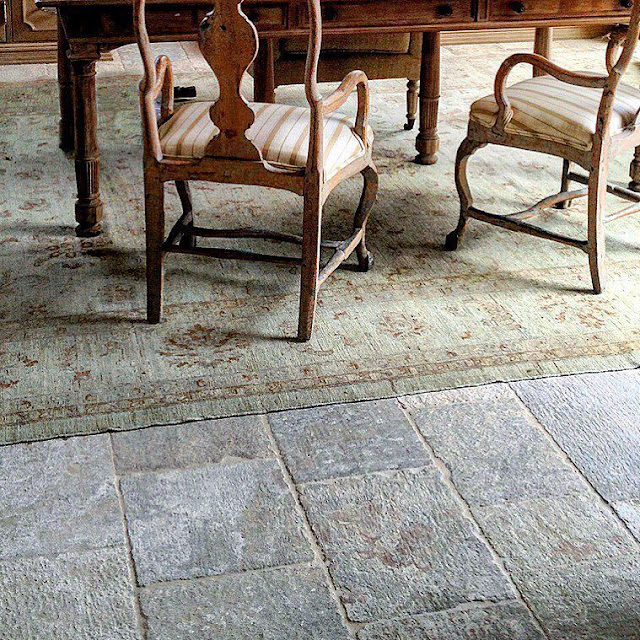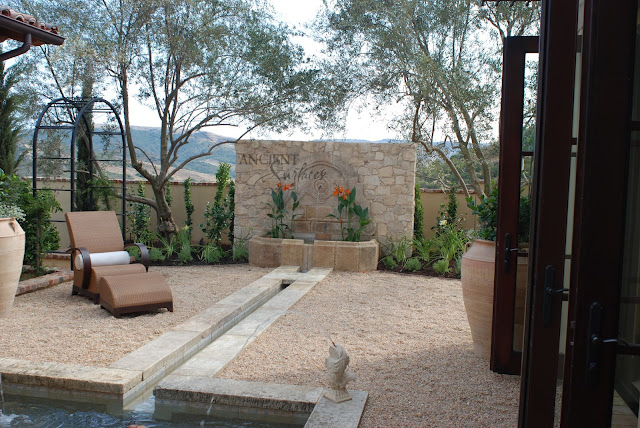The Kronos Stone is rock hard and resilient in nature, ideal for both
indoors and outdoors applications. This stone offers unprecedented
levels of calmness and serenity. Its silky surface is a perfect
catalyst to a relaxing evening after a hectic day at work or after a
frustrating drive back home. This stone is old and reclaimed. It’s
salvaged from old homes and structures from across ancient cities in
the Mediterranean Sea.
http://www.ancientsurfaces.com/Kronos-Stone.html
http://www.ancientsurfaces.com/Kronos-Stone.html
We’ve designed some of the most memorable mini wine cave cellars ever conceived all out of ancient reclaimed Limestone ancient sink troughs and milled drift Canadian wood. Tell us what you think and visit our website:
http://www.ancientsurfaces.com/Kronos-Stone.html
It’s no surprise that we’ve paved and draped countless personal spas, baths, showers, wine cellars and entire homes out of the Kronos Stone when the application calls for a timeless French Riviera, a Bali or an Amalfi coast look that flows in your home seamlessly connecting all the various architectural compartments of your home into one continuous singularity of timeless perfection.
http://www.ancientsurfaces.com/Kronos-Stone.html
The Kronos Stone stands the test of time ideal for both indoor and outdoor applications. Visit the entire gallery of the Kronos Stone on our website.
http://www.AncientSurfaces.com/Kronos-Stone.html
The Kronos Stone is very versatile and is suitable for any application from outdoor courtyard paving to shower floors and walls.
It feels like a floating river of smooth silk beneath your feet. using
this reclaimed antique limestone in your home is a true indulgence.
Take a closer look at it here:
http://www.AncientSurfaces.com/Kronos-Stone.html
Take a closer look at it here:
http://www.AncientSurfaces.com/Kronos-Stone.html
The select premium blend of the Kronos Stone is a much longer and wider planks selection mixed in with a smaller percentage of the regular size product. they are ideal for playing an essential trick on the eyes.
and that's making a spaces look and feel wider and bigger as demonstrated in the image above.
http://www.AncientSurfaces.com/Kronos-Stone.html












































